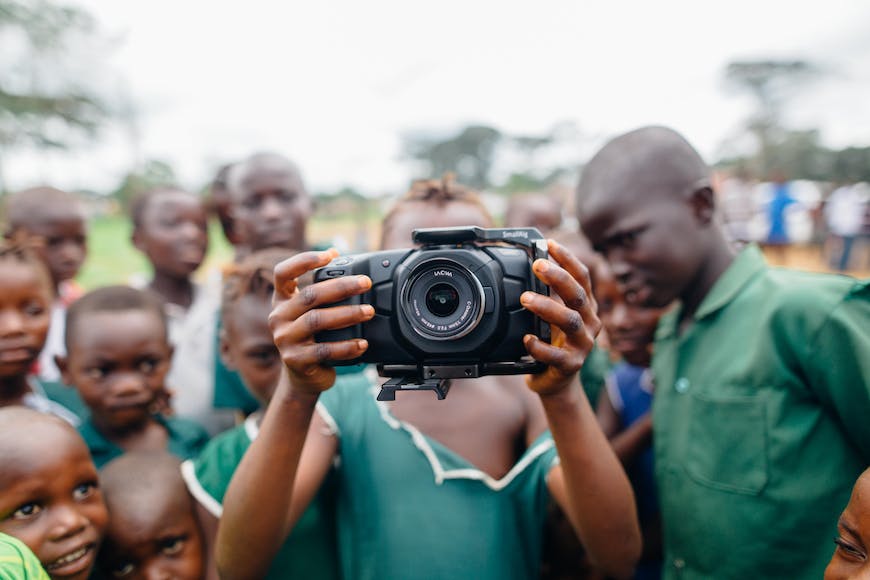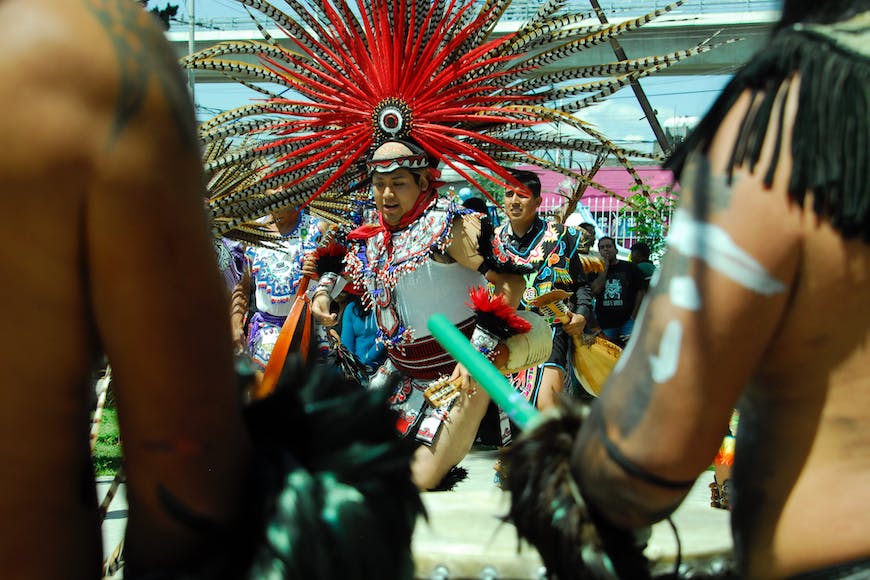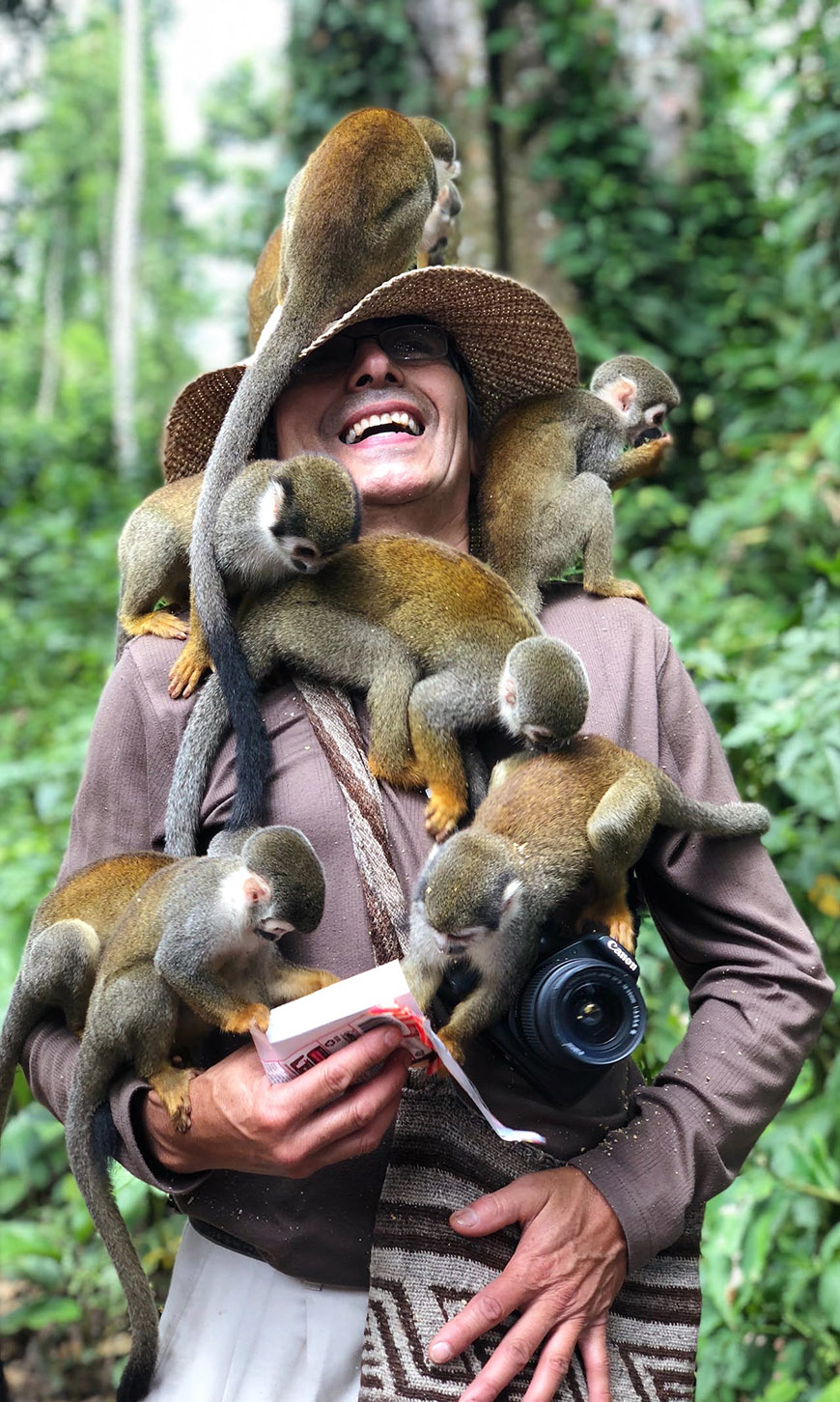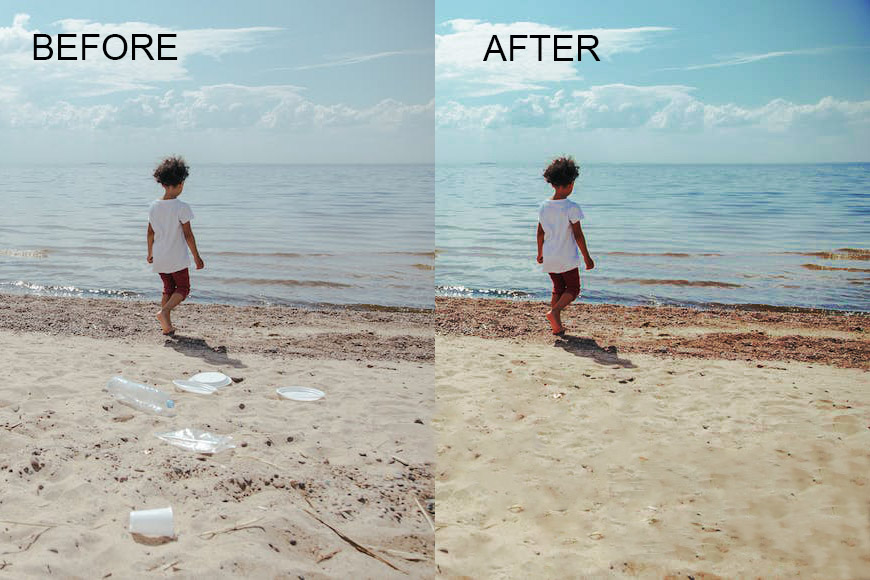
As an aspiring professional photographer, ever wondered if there are certain ethics you need to adhere to? If so, you’ve come to the right place.
In this in-depth guide, we’ll cover everything you need to know about photography ethics so you can become a professional photographer with a strong code of ethics.
Does Photography Have Ethics?
It seems like a weird question at first glance. After all, taking photos is something a lot of people do instinctively in their everyday lives.
You see a stunning view; you take out your phone and snap a photo. What kind of ethics go into such a simple act, right?
Well, professional photography is a bit more nuanced than that.
The short answer is yes: photography has its own set of ethics. These are guidelines to follow to ensure your photo is authentic and does a proper job of representing its subject.
The issue here is that a code of ethics largely depends on one’s own life experience. So, we’re bound to disagree on what’s ethical and what’s not due to its subjective nature.
But don’t worry; we’ve compiled a list of a few universal rules that we, as photographers, can all agree upon and follow to provide a proper photography experience.
Let’s see what these guidelines are.
1. Do Your Research
You’re probably thinking, “How does research benefit me in photography?”
As a photographer, your job isn’t just to take photos of people and buildings. Your job is to tell stories and reflect the nature of the world.
Research helps you gain a deeper understanding of the people, the culture, and the places you photograph. You get to approach your subjects from unique angles, which helps you tell better stories.
If social media has taught us anything, it’s that one photo can misrepresent an entire community. You hold too much power in your hand, so you need to do your job properly.
Besides, research is the first step towards determining the type of photos you want to take, which helps you identify the equipment you need.
You can also find other photographs of the same subject. Use those as references to learn special techniques or discover new locations to photograph.
2. Ask for Consent
This one goes without saying, but we’ll say it anyway: you should always ask for explicit consent before taking pictures of someone.
While this can make it difficult if you’re a street photographer who wants to capture candid moments, you should still ask for permission wherever possible.
(Read more about the ethics of street photography.)
Where you are also matters. If you’re on private property, you MUST ask permission.
Some people think photography is inherently harmless, so there’s no need for consent in public places. It’s not that simple, though.
As a photographer, you expose your subject to the whole world. What if you misrepresent them? You’d be helping instill inaccurate stereotypes.
Asking for consent helps the subject understand how you intend to represent their culture. They can determine, then, if they’re comfortable with your depiction and want to participate in it.
How Much Do You REALLY Know About Photography?! 🤔
Test your photography knowledge with this quick quiz!
See how much you really know about photography…
3. Don’t Pay Your Subjects
This is a controversial topic in the photojournalism world. The National Press Photographers Association prohibits photographers from paying their subjects. The idea here is that it harms the consensual nature of photography.
Subjects should want to participate in your projects because they trust your ability to represent their identities, not because you paid them.
(If you’re hiring models for fashion or commercial shoots, that’s of course a completely different thing, and you need to compensate them appropriately.)
Bringing money into photojournalism takes away from the authenticity and genuineness of the project. Many photographers show their appreciation for the subjects by giving them a copy of the photos.
Of course, this is still a gray area. Some professionals recognize how draining the photography process can be. So they think financial compensation is necessary, especially if they’re working on a personal project.
It also helps if you identify the purpose of the photos. If you’re selling them in a gallery, you might want to give back to those who made the project possible.
4. Maintain the Privacy of Your Subjects
This rule is for ethical photographers covering serious political or culturally sensitive topics.
We all know how dangerous that could be, not just for you but for the subjects of your photos. So it’s your responsibility to protect their identities if they request it. You don’t need to do much.
A simple blur or a black spot on their faces should do the trick.
As a photographer, you also shouldn’t intrude on private moments. For example, if you’re covering an accident and a family is mourning the loss of a loved one, don’t take your camera out and snap pictures.
Be considerate of the emotional turmoil they’re going through. You can only break this rule if you’re covering a tragic event that the world needs to see.
5. Be Respectful of Other Cultures

Credit: Inocente Sanchez Guadarrama
Since you’re reading this article, it’s safe to assume that photography plays a crucial role in your life. That’s great, but not all cultures have the same appreciation for this art form.
Some African tribes believe photography can steal a person’s soul. You’ll find Native Americans who don’t like being photographed because of how misrepresented they were throughout history.
If you’re in a foreign country, you’re bound to come across events, festivals, or rituals you may not see in your homeland.
Before taking your camera out, make sure there isn’t any cultural sensitivity towards photography in that scenario.
6. Contextualize Your Photos
As we’ve already established, your job as a photographer is to tell stories.
Naturally, there’s room for misrepresentation. That’s why it’s crucial to contextualize your photos every step of the way. Yes, it’s a multi-layered process.
The background you use, the composition, the appearance of your subject, and the lighting can all give different contexts.
So, make sure the components of your photo are working together to tell a real story.
Besides visuals, the most effective way to add context to your photos is to use text.
You don’t have to write an entire paragraph explaining the idea behind the picture. One or two expressive sentences can help viewers understand the idea.
If you participate in an exhibition, your choice of framing can also contribute to the story of your photos.
So, always take your time to think about how every component of your photo contributes to the storytelling.
7. Communicate with Your Subjects
Look, no photographer is going to take perfect photos all the time. We all have our uncertainties.
Sometimes, you can’t tell if a photo conveys its intended message. In that case, reaching out to the subject and asking for feedback might be an effective solution.
Yes, you’re the artist. You make the creative decisions. But remember that your job is to depict the subject authentically.
No one can understand the nuances of your work more than them. So, they might offer a few helpful insights.
8. Don’t Accept Gifts
This one’s for our photojournalist friends. We’re not trying to be party poopers. It’s for your own good.
Accepting gifts or money from people who might have a say in your work takes away from the objectivity of the final results.
Think about it: If the gifter asks for “a few small changes” in your work, you might feel pressured to cave in.
Before you know it, you end up with photos that don’t authentically convey your subject.
9. Build Connections
As a photographer, you don’t just set your equipment, take a few photos, and leave. That’s not how you take an emotionally impactful picture.
If you can’t connect with your subject, how do you expect the viewers to do it? Be it a landscape, a person, or an animal, caring about the subject will show in your work.
It’s easier to build connections with people, though, as they’re more interactive. Always approach your subject with a warm greeting, make eye contact, and try to understand their story.
It won’t be long before they reciprocate the warmth. How do you make the viewers connect with the subject, though?
One trick you can use to make the photo feel more personal is the close-up.
Taking a close-up shot allows the viewers to take in all the features of the subject. It might show a few marks or scars on their faces.
That helps the viewers identify the subject’s human experience, strengthening their connection.
10. Don’t Disturb

Credit: Rick Ortegon Escobar
This one is more geared towards wildlife photography. Everyone knows you can’t disturb another person to take their photo.
Unfortunately, some people don’t respect animals’ boundaries the same way they do with humans.
You must’ve heard of wildlife photographers scaring flocks of birds away to capture a blast-off shot.
That’s an unethical way to take a picture, though, because they did it at the expense of disturbing the birds. One of them could’ve been a parent leaving their children in the nest.
Besides being considerate, it’s not even in your best interest to do that. Sure, it might work out sometimes, but you never know how the animal will respond.
They might decide to go on the offensive, which may not end up well for you.
You also want to be considerate of your colleagues. Several wildlife photographers can target the same subject, and disturbing an animal might ruin the photo they wanted to take.
Is Photo Manipulation Unethical?
No one is perfect. You can take all the time in the world, set up all the equipment you need to take the perfect picture, and still mess up.
It happens to the best of us. It’s also why we use photo manipulation software.
You can edit the values, saturation, and hues of the original image to match the aesthetics you’re going for. Now, that raises a controversial question: Is photo editing unethical?
There isn’t a definitive answer to that question, as it depends on the purpose of the picture.
Photojournalism
Ultimately, the purpose of digital manipulation in photojournalism isn’t to create fake photos. It’s to eliminate vague components in the picture.
So it’s okay to do it as long as it’s within the appropriate limits. Minor croppings or color adjustments are acceptable.
You can also convert to grayscale if you want to convey darker themes.
While it’s not inherently unethical, photo manipulation can deceive the audience.
If you go overboard with the edits, you add fake details to the photo. The result? Misrepresenting your subjects.
You probably already saw the effects of unethical photo retouching in your circle. No doubt you know girls who have a negative body image.
That’s because unrealistically edited photos create unrealistic beauty standards.
Commercial Photography

Credit: Pascal Kuffer
Not all photography is photojournalism. The previously mentioned limitations of photo manipulation don’t apply to all photography endeavors.
Do you know what compositing is? It’s blending elements from different photos together to create a new image.
Some see it as the peak of artistic expression, and many photographers use their Photoshop skills to earn money compositing. Should they quit this job because they deceive people with unrealistic images?
Of course not. Viewers understand compositors are creating fake images. They just don’t care.
Do you know why? Because they care about the stunning visuals of the composite image more than its realistic representation.
Personal Photography

Credit: Ron Lach
Picture this: You travel abroad and find yourself standing in front of a gorgeous sunset. Naturally, you take a picture and save it on your phone.
When you go back home, you realize the photo is ruined by a black plastic bag in the corner of the frame.
You don’t have to keep it to maintain the realism of the scene. A quick Photoshop edit will leave you with the perfect sunset image.
So, when it comes to personal photos like holiday snaps for your family album, a little photo editing isn’t inherently unethical.
Highly Recommended

Check out these 8 essential tools to help you succeed as a professional photographer.
Includes limited-time discounts.
Learn more here
Credit : Source Post






